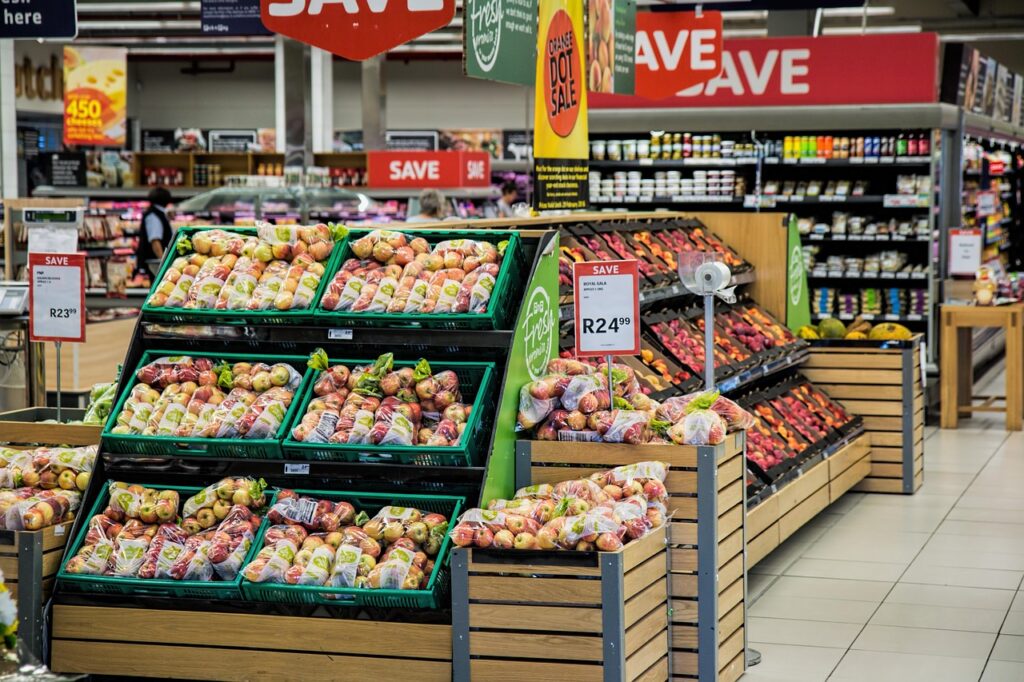In 2025, the pinch at the grocery checkout is a reality many Americans are facing, with food prices continuing their upward trajectory. According to the USDA’s latest Food Price Outlook report, food costs are projected to rise at a pace slightly above the historical average this year, making careful budgeting more crucial than ever before. For families and individuals alike, stretching every dollar on essential groceries has become a priority, leading many to re-evaluate their shopping habits and choices.
While eating at home and diligent meal planning offer significant avenues for savings, one of the most impactful changes consumers can make is simply switching to a more affordable grocery store. The landscape of retail offers a diverse range of options, each with its own approach to pricing, product selection, and customer experience. The challenge, however, lies in discerning which stores truly offer the best ‘bang for your buck’ amidst the myriad of choices.
To provide clarity and empower consumers, we’ve delved into Market Force Information’s most recent U.S. Grocery Panel Study. This comprehensive review, based on feedback from 4,362 shoppers, highlights the grocery stores that consistently deliver outstanding value. This guide will explore seven of these top performers, dissecting their models and revealing why they’ve earned their reputation as money-saving havens for shoppers nationwide.
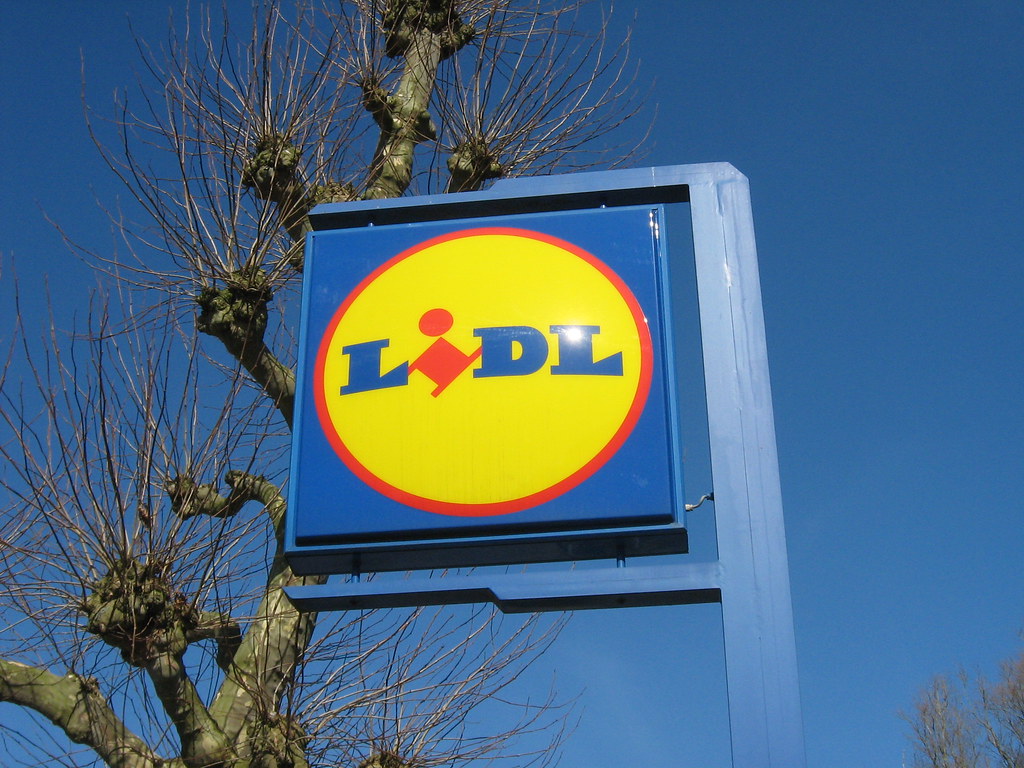
1. **Lidl**
Lidl stands out as a formidable contender in the value-driven grocery market, with an impressive 81.4% of survey respondents primarily shopping there citing its value for money. Originating in Germany in 1973, Lidl embarked on its U.S. expansion in 2015, bringing its established philosophy of high-quality produce at unbelievably low prices across the Atlantic. This global growth, spanning 31 countries, has been fueled by a steadfast commitment to its founding goal.
David Bakke, a personal finance expert and contributing writer at DollarSanity, sheds light on Lidl’s pricing strategy, explaining, “This chain offers great prices basically because they don’t carry every variety and brand of every grocery item.” He further notes that while “the selection is a bit limited, but what they do have is well below traditional national grocers in terms of price.” This focused approach allows Lidl to streamline its inventory, passing on significant savings to its customers.
For shoppers, this translates into a curated selection where every item is chosen for its quality and affordability. While you might not find dozens of options for every single product, what you will discover are well-priced staples and specialty items that often exceed expectations. Lidl’s model demonstrates that a carefully managed inventory, combined with a direct sourcing strategy, can indeed deliver premium products without the premium price tag.
Read more about: 12 Blockbuster Films Ruined by a Single Terrible Plot Twist: We’re Breaking Down What Happened!
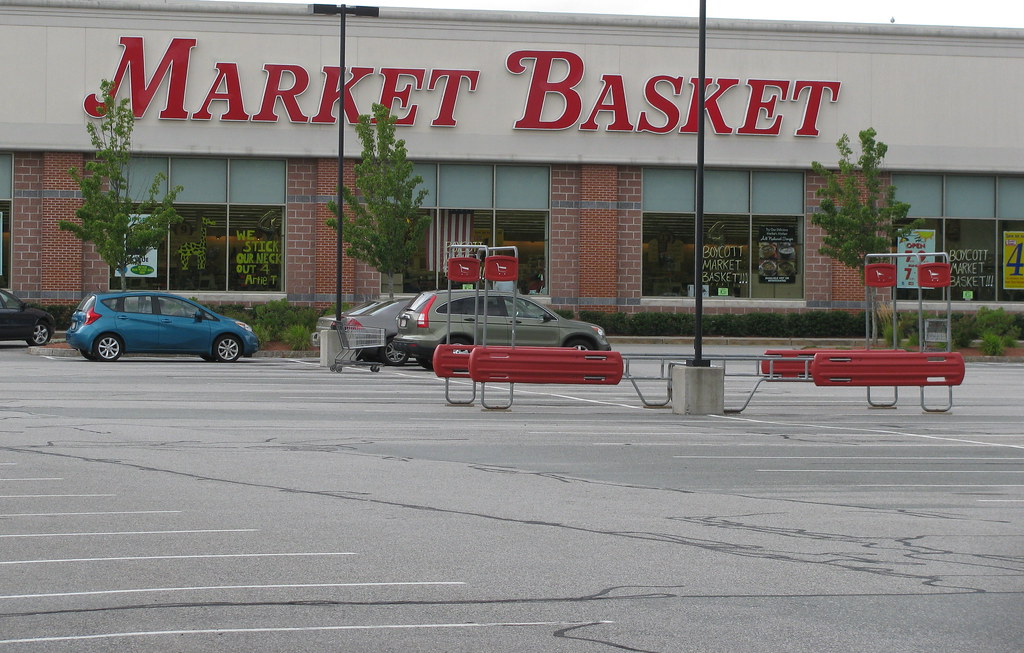
2. **Market Basket**
With a strong showing of 76% of primary shoppers endorsing its value for money, Market Basket has cultivated a loyal following, particularly across New England. Founded in 1917, this chain of 90 stores proudly operates under the slogan “More for your dollar”—a promise that its extensive customer base affirms year after year. Its long history in the region has solidified its reputation as a go-to for budget-conscious families.
Beyond the standard grocery, produce, meat, and dairy sections, Market Basket distinguishes itself with dedicated areas that elevate the shopping experience. Customers can explore specialized departments for cheese, fresh sushi, and an impressive selection of seafood, offering a premium feel without the premium cost. This blend of everyday essentials and diverse, high-quality offerings exemplifies how the store lives up to its ‘more for your dollar’ commitment.
The company’s enduring success is rooted in its ability to consistently provide a wide array of products at competitive prices, fostering a sense of community value that resonates with its New England clientele. Market Basket proves that a century of experience can lead to a finely tuned operation focused on delivering tangible benefits directly to the shopper, securing its place as a regional favorite for value.
Read more about: NHTSA Intensifies Scrutiny of Tesla: Unpacking Safety Concerns from Faulty Door Handles to Advanced Driver-Assistance Systems
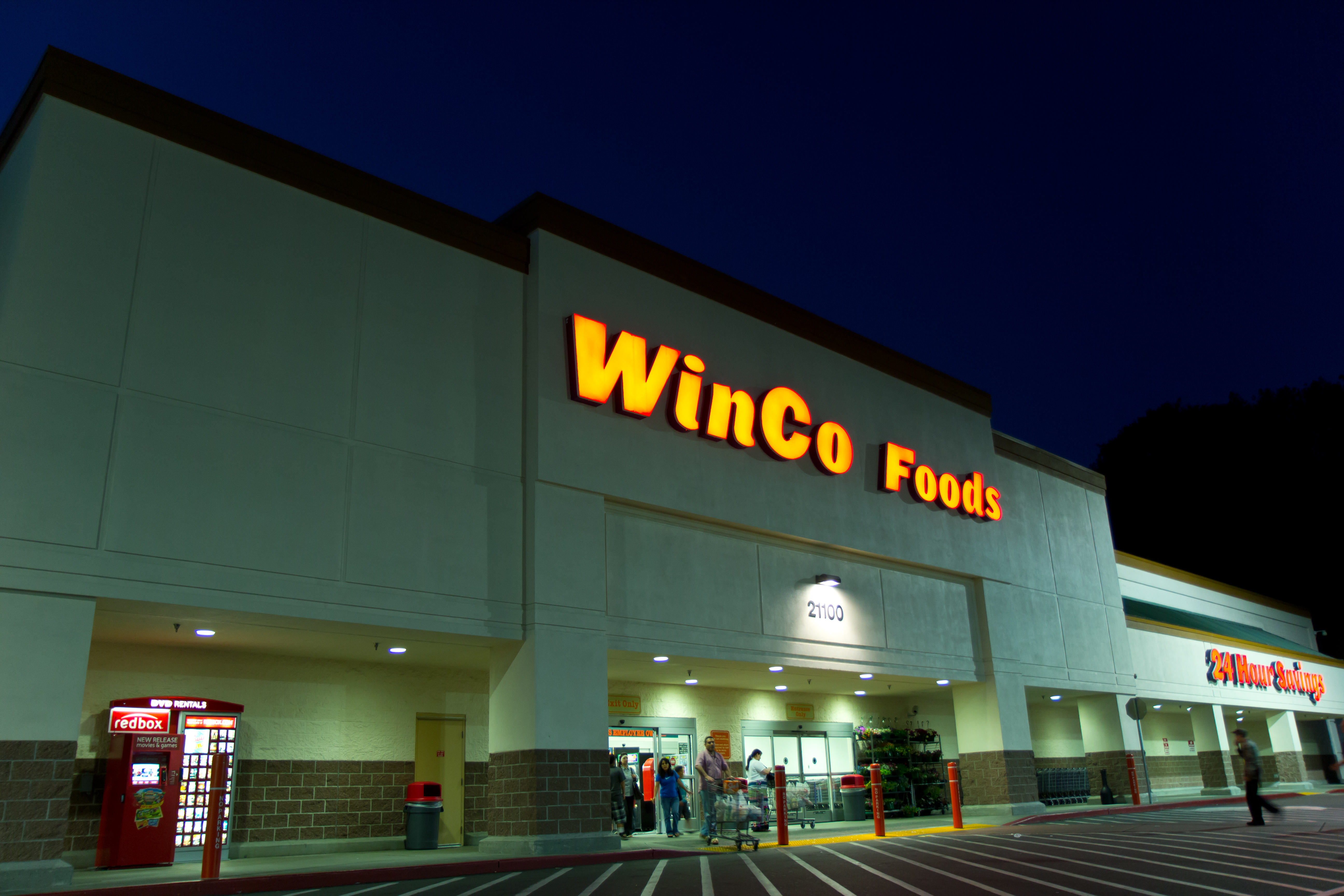
3. **WinCo Foods**
WinCo Foods earns its spot on this list with 73.1% of its primary shoppers praising its value for money, a legacy stretching back to a Waremart that opened in Boise, Idaho, in 1967. The original store quickly gained recognition for its distinctive flat carts and, more importantly, its consistently low prices. This foundation of affordability has been a cornerstone of the company’s identity throughout its evolution.
Following the passing of its original founder, a significant transition occurred: employees joined forces to acquire a controlling stake, leading to Waremart’s rebranding as WinCo Foods. This employee-owned model has maintained the chain’s unwavering commitment to affordability. Andrea Woroch, a consumer finance and budgeting expert, explains their strategy: “WinCo is a cheap grocery store. They buy produce and other groceries directly from farmers and manufacturers in bulk so they get better prices per unit to pass on to shoppers.”
This direct purchasing and bulk buying approach allows WinCo to circumvent intermediaries, securing better prices that are directly translated into savings for the consumer. While the iconic flat carts may no longer be a feature, the core principle of low prices through efficient sourcing and an employee-first philosophy continues to define WinCo Foods, making it a powerful ally for those seeking to reduce their grocery expenses.
Read more about: Beyond the Box: 15 Frozen Food Game-Changers That Taste Better Than Homemade, According to Culinary Experts
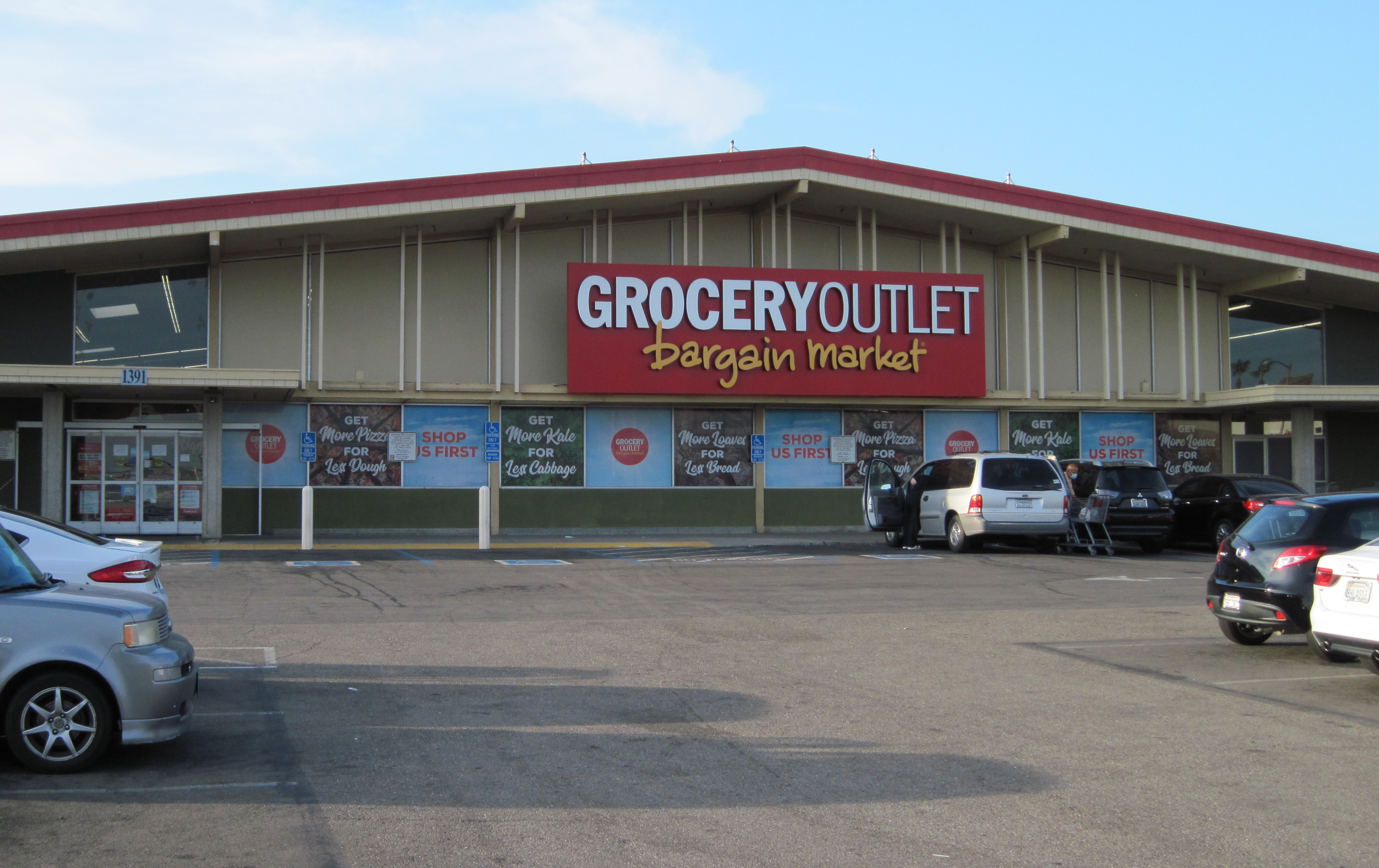
4. **Grocery Outlet**
For residents in areas served by Grocery Outlet, its memorable commercial jingle, “Grocery Outlet, Bargain Market,” is a familiar tune, and 71.4% of its primary shoppers agree with the sentiment regarding value. The company’s journey began in 1946 when Jim Read opened a discount store specializing in military items. This early venture into discount retail laid the groundwork for a chain dedicated to providing customers with great brands at significantly reduced prices.
Still owned by the Read family, Grocery Outlet has evolved into a major player in the bargain market, serving over 1.5 million shoppers per week, as stated on the company’s website. This impressive reach is a testament to its successful model of offering deeply discounted prices on national brands, often through opportunistic buying of overstock or closeout items. Shoppers enjoy the thrill of discovery, never knowing what unique deals they might uncover on any given visit.
The enduring family ownership and the consistent focus on bargain hunting mean that Grocery Outlet remains a dependable destination for consumers looking to stretch their budgets. It masterfully combines the excitement of a treasure hunt with the practical benefit of significant savings, making it a favored choice for those who prioritize value without compromising on brand recognition.
Read more about: Unpacking the Sudden Disappearance of Frozen Meals: 7 Critical Reasons Behind Unexpected Recalls and What You Need to Know to Stay Safe
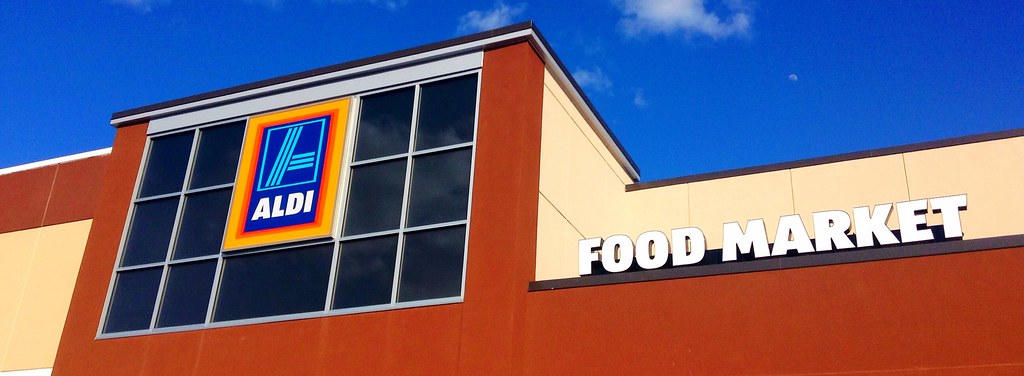
5. **ALDI**
Another German grocery store chain making a substantial impact on the U.S. market, ALDI, is lauded by 70.4% of its primary shoppers for its exceptional value. Over the past five decades, ALDI has rapidly expanded its footprint, opening an impressive 2,400 stores across the country. Its distinctive approach centers on offering a no-frills shopping experience, hand-selected high-quality products, and consistently low prices, a formula that resonates strongly with budget-conscious consumers.
Jake Hill, CEO of the personal finance website DebtHammer, affirms ALDI’s rise in popularity: “One of the cheapest grocery stores in the U.S. right now is ALDI, which has seen a steady increase in popularity in recent years.” He elaborates on the store’s appeal, noting that “Many diehard fans enjoy the quality and exclusivity of most of ALDI’s products, including the ever-changing seasonal items lineup.” This unique blend of affordability and curated products creates a distinctive shopping environment.
ALDI’s success lies in its efficient operational model, which minimizes overhead and focuses on its own brand products, often manufactured to high standards. This allows the chain to deliver significant savings while maintaining quality, making it a prime destination for shoppers seeking both value and reliability. The exclusivity and novelty of its seasonal items further cement its position as a beloved and economical grocery option.
Read more about: Angelina Jolie Beams with Pride: Inside Zahara’s Thriving College Life, Activism, and Red Carpet Milestones

6. **Wegmans**
Wegmans, with 68.7% of its primary shoppers citing its value for money, presents a slightly different yet equally compelling value proposition. The company’s story began humbly in 1916 when John Wegman established the Rochester Fruit and Vegetable Company. From these modest beginnings, it has grown into a highly respected supermarket chain, known for its quality offerings and customer experience.
Today, Wegmans boasts more than 110 stores, strategically located across eight states: Delaware, Maryland, Massachusetts, New Jersey, New York, North Carolina, Pennsylvania, and Virginia. Unlike some discount grocers, Wegmans maintains a reputation for extensive selection and a high-quality shopping environment. Its inclusion on a list of value leaders underscores that ‘value’ can encompass more than just the lowest price tag.
Shoppers who choose Wegmans often prioritize the overall quality of products, the breadth of selection, and the pleasantness of the shopping experience, perceiving these elements as contributing to the store’s strong value. Its enduring reputation reflects a successful balance of delivering desirable products and a superior retail environment at prices its loyal customers find to be highly competitive and worthwhile.
Read more about: Giant Eagle’s Digital Price Tag Revolution: Real-Time Savings, Future-Forward Shopping, and the Evolving Retail Landscape
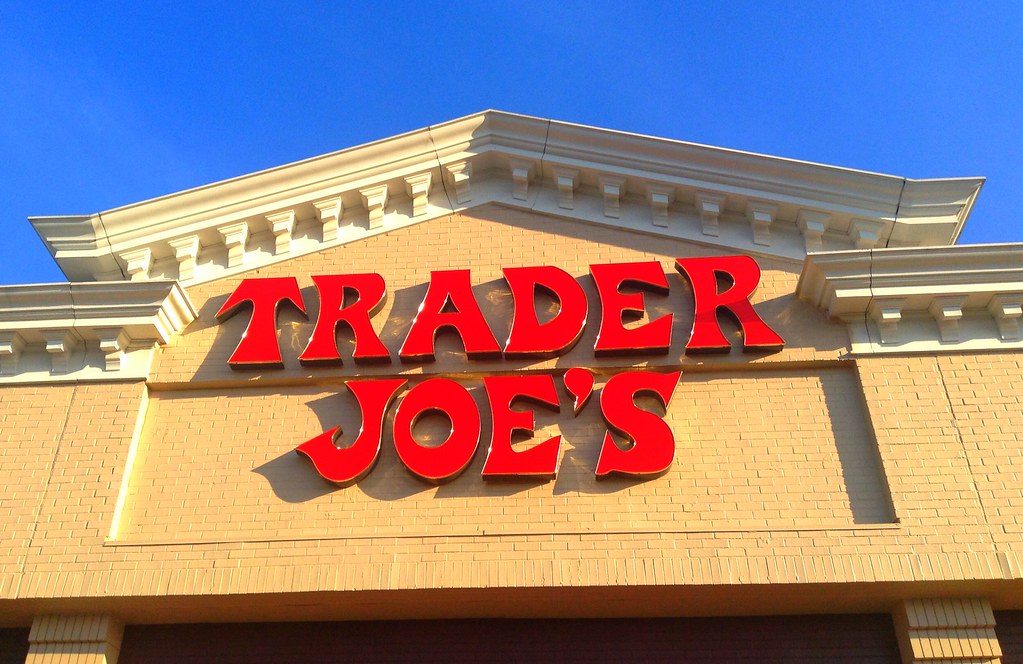
7. **Trader Joe’s**
Trader Joe’s secures its place among top value stores with 67.2% of its primary shoppers recognizing its value for money. Established in 1967, this national chain has carved out a distinct niche by aiming to provide quality products at the best possible prices, all while offering a shopping experience unlike any other. Its unique inventory is a key differentiator in the crowded grocery market.
Rather than stocking a multitude of well-known brand names, Trader Joe’s fills its shelves with a carefully curated collection of distinctive and intriguing products under its own label. Shoppers delight in discovering items such as Trader Joe’s pineapple teriyaki chicken meatballs, garlic butter Irish potato chips, and raisin rosemary crisps, which often become cult favorites. This strategy fosters a sense of discovery and loyalty among its customer base.
Crucially, it’s not solely about novelty; Trader Joe’s also reliably provides the everyday basics that consumers need, making it a comprehensive shopping destination. The blend of unique, quality private-label goods and essential staples at competitive prices underpins its strong value proposition, making it a compelling choice for shoppers seeking both adventure and affordability in their weekly grocery run.
Navigating the grocery landscape for maximum savings requires a multi-faceted approach, extending beyond traditional grocery chains to encompass warehouse clubs and a strategic embrace of smart shopping practices. As food prices continue their upward trend in 2025, understanding how different retail models deliver value, alongside implementing proven saving strategies, becomes paramount for the budget-conscious consumer. This section expands on the top value stores identified in the Market Force Information’s U.S. Grocery Panel Study and delves into essential tips that empower shoppers to significantly reduce their food expenses.
Read more about: Beyond the Box: 15 Frozen Food Game-Changers That Taste Better Than Homemade, According to Culinary Experts
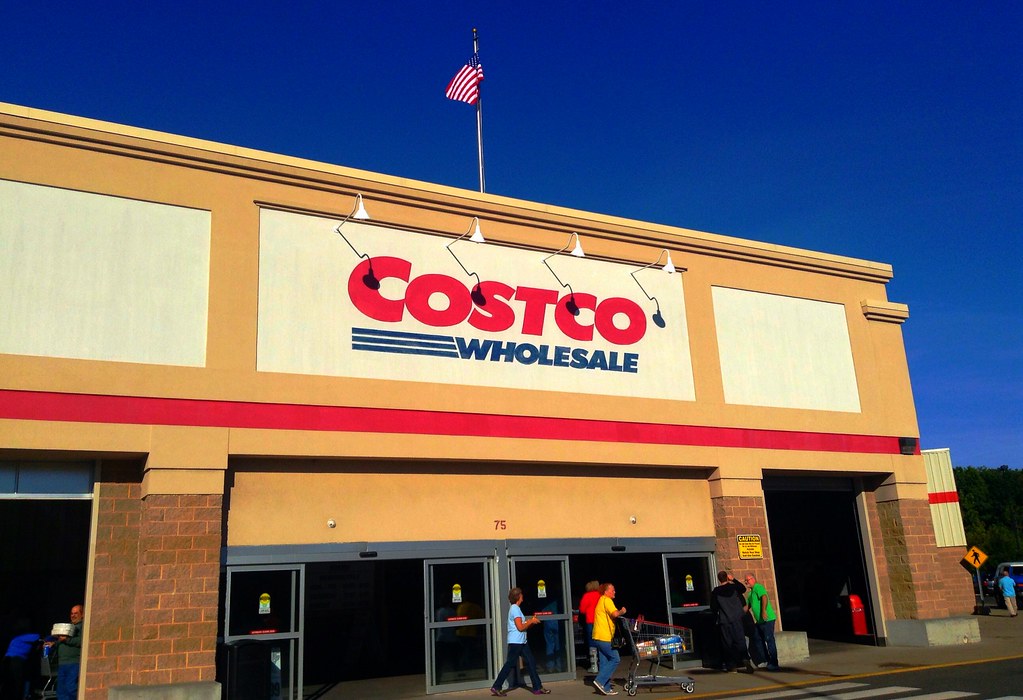
8. **Costco**
Costco distinguishes itself as a prominent membership-based warehouse club, with 61.4% of its primary shoppers attesting to its value for money. Founded in 1976 as Price Mart in San Diego, this retail giant has grown to operate in eight countries, establishing itself as one of the world’s largest retailers. Its core mission revolves around providing customers with brand-name merchandise at highly competitive prices, a strategy particularly effective for those looking to purchase in larger quantities.
The wholesale model employed by Costco is inherently designed for bulk purchasing, making it an ideal destination for families or individuals who have the capacity to store and utilize larger product volumes. This approach allows for economies of scale, where buying in bulk translates directly into lower unit prices compared to conventional retail outlets. Shoppers benefit from a wide array of products, from groceries to household goods, all offered at a significant discount when purchased in volume.
Membership fees, while an initial investment, are typically offset by the substantial savings accumulated over the year, especially for frequent shoppers. Costco’s consistent delivery of value on brand-name products ensures that consumers can access high-quality items without the premium price often associated with them, solidifying its reputation as a go-to for maximizing budget efficiency through bulk buying.
Read more about: 12 New Cars Named ‘Best Buys’ for 2025: An Expert Guide for Savvy Shoppers

9. **Sam’s Club**
Another key player in the membership-based warehouse club sector, Sam’s Club, garners endorsement from 60.1% of its primary shoppers for the value it provides. As a subsidiary of Walmart, Sam’s Club leverages its extensive corporate backing to offer a vast network of stores focused on premium quality and exclusive savings for its members. This operational model mirrors that of other warehouse clubs, emphasizing bulk sales to drive down per-unit costs.
Joining Sam’s Club provides access to a diverse inventory, allowing consumers to achieve significant savings on top-brand items, particularly when bought in bulk. The savings extend well beyond just groceries, encompassing a comprehensive range of products including appliances, furniture, electronics, and fitness equipment. This broad selection positions Sam’s Club as a versatile shopping destination for both everyday necessities and larger household investments.
The strategic advantage of Sam’s Club lies in its ability to combine the convenience of a vast product range with the economic benefits of bulk purchasing. For households aiming to reduce overall expenditure across multiple categories, the membership offers a pathway to substantial savings, reinforcing its appeal as a valuable resource for budget-conscious consumers seeking quality and quantity.
Read more about: Beyond the Spotlight: 13 Inspiring Gay Black Celebrities Who Are Changing the Game and Living Authentically

10. **Fred Meyer**
Fred Meyer stands as a unique hybrid retailer, with 59.3% of its primary shoppers recognizing its value for money. The first store was established in Portland, Oregon, in 1922 by Fred Meyer himself. Over a century later, the brand has evolved into a well-established chain, boasting 132 locations across four states: Alaska, Idaho, Oregon, and Washington, deeply integrating itself into the fabric of these communities.
Fred Meyer’s approach to savings is multifaceted, offering weekly digital deals that provide direct discounts to shoppers. Furthermore, the store features a wide selection of affordable products under its own brands, allowing customers to access quality items at a lower price point than national brands. This commitment to both promotional savings and private-label offerings ensures consistent opportunities for budget optimization.
What truly sets Fred Meyer apart is its comprehensive retail model, offering a vast array of non-grocery items in addition to a full supermarket experience. Shoppers can find health and beauty products, patio furniture, electronics, toys, pet supplies, and seasonal items all under one roof. This convenience, combined with dedicated savings initiatives, positions Fred Meyer as a robust option for consumers looking to consolidate their shopping and maximize value across various purchasing needs.
**Essential Strategies for Maximum Grocery Savings**
Beyond selecting the right store, implementing effective shopping strategies is crucial for maximizing your grocery budget. These practices, when consistently applied, can lead to substantial long-term savings, empowering consumers to navigate rising food costs with greater financial control.
Read more about: From Rhodes Scholar to Rebel Star: Tracing Kris Kristofferson’s Unconventional Path to Hollywood Stardom

11. **Mastering Meal Planning**
Meal planning serves as a cornerstone for controlling grocery expenses, offering one of the simplest yet most effective ways to save money. This proactive approach helps to significantly reduce food waste and curtails impulse purchases, ensuring that every item bought is genuinely needed for the week’s meals. By dedicating time to map out your menu, you gain a clear overview of your culinary needs, which translates directly into a more efficient shopping trip.
To effectively implement meal planning, begin by setting a weekly menu that encompasses all meals and snacks. It’s practical to incorporate leftovers into your plan, which not only minimizes waste but also reduces the amount of new ingredients required. Before heading to the store, conduct a thorough inventory of your pantry and freezer, using existing items as the foundation for your meals. This step ensures that previously purchased groceries are utilized before they expire, transforming stored ingredients into savings.
Further enhance your meal planning by checking grocery store flyers and online promotions to integrate discounted items into your weekly menu. Many grocery chains offer exclusive digital coupons through their mobile apps, providing additional opportunities for savings not found elsewhere. Choosing recipes with overlapping ingredients can also streamline your shopping list and cooking process, reinforcing the cost-saving benefits of a well-structured meal plan.
Read more about: Airline Insiders Reveal: The ‘Secret First Class’ Seats Hiding in Plain Sight and How to Master Premium Travel
12. **Adhering to a Detailed Grocery List**
Shopping without a meticulously prepared grocery list is a primary cause of overspending, as retail environments are strategically designed to encourage unplanned purchases. A comprehensive list acts as your financial guardian, keeping you focused on essential items and significantly reducing the temptation to add unnecessary—and often expensive—extras to your cart. This disciplined approach ensures that your shopping remains aligned with your budget and meal plan.
Before embarking on your grocery run, it is vital to create a detailed list that directly reflects your meal plan. Utilizing a digital list on your phone or a traditional paper list, ensures that it is readily accessible and less likely to be forgotten. A critical preliminary step involves checking your pantry and refrigerator to avoid purchasing duplicate items, a common oversight that leads to wasted money and excess inventory. This inventory check harmonizes your shopping with your existing supplies.
For enhanced efficiency, consider structuring your list according to the store layout. A practical tip is to prioritize the outer aisles for staples such as fresh produce, dairy, and proteins, while consciously limiting time in the inner aisles where processed snacks and impulse buys are predominantly located. This strategic navigation, guided by a rigid list, empowers consumers to make deliberate choices, bypassing marketing ploys designed to increase spending.
Read more about: Crucial Context Missing: Unable to Detail America’s Taco Truck Throwdown

13. **Smart Bulk Buying Practices**
Buying in bulk can be a highly effective strategy for reducing grocery costs, but its efficacy hinges on smart and strategic application. Warehouse stores and dedicated bulk sections offer significant savings, provided that purchases are limited to items that will genuinely be used before their expiration. Focusing on non-perishable staples like rice, pasta, dry beans, and spices represents a sound approach, as these items have a long shelf life and are frequently consumed.
Extending bulk buying to perishable goods like meat can also yield substantial savings, especially when portions are immediately frozen for later use. This method allows consumers to capitalize on sale prices for larger quantities, effectively stocking their freezer with future meals. However, it is crucial to exercise caution with highly perishable items such as fresh produce; purchasing these in excessive bulk risks spoilage and ultimately negates any potential savings. The goal is to prevent food waste, which is akin to throwing money away.
Consumers should explore various options for bulk purchasing, including warehouse clubs like Costco or Sam’s Club, as well as the bulk-bin sections found in many local grocery stores. These smaller bulk options can sometimes offer even better per-unit prices and allow for purchasing more precise quantities, reducing the likelihood of waste. The key is to evaluate each bulk purchase against actual consumption patterns and storage capabilities to ensure it contributes to genuine savings.
Read more about: Road Warrior’s Ultimate Guide: Unmasking 7 Gas-Saving Myths and Unlocking 7 Proven Strategies to Slash Your Fuel Bill by 20%
14. **Embracing Store Brands and Generic Alternatives**
One of the most straightforward and impactful methods for cutting grocery expenses is to consistently opt for store brands and generic alternatives. Name-brand items often carry a significant price premium, a cost frequently associated with extensive marketing and brand recognition, even when the underlying product quality is comparable to its store-brand counterpart. By making the switch, consumers can realize substantial savings, sometimes as much as 20-30% less, without compromising on quality.
Financial experts, such as David Bakke, emphasize this strategy, noting that “Going generic when applicable also helps so you’re not paying extra just for a brand name.” Many store-brand products are manufactured by the same companies that produce national brands, meaning that shoppers are often paying extra solely for the label. This makes experimentation with generic alternatives a low-risk, high-reward endeavor, where the difference in taste or performance is often imperceptible.
Areas where switching to store brands can be particularly advantageous include pantry staples like condiments, salsa, and canned goods, as well as dairy items such as milk, cheese, and butter. Even household essentials like cleaning supplies and paper products often have equally effective, more affordable generic versions. By strategically choosing store brands for items where brand loyalty is not a critical factor, consumers can significantly reduce their overall grocery bill and allocate those savings to other financial priorities.
Read more about: Beyond the Hype: Decoding the True Impact of Every Gaming PC Component Pros Rely On
In an environment where food prices continue to be a concern, savvy grocery shopping in 2025 demands both a discerning choice of retail outlets and a disciplined application of proven saving strategies. From exploring the wholesale models of Costco and Sam’s Club, to leveraging the comprehensive offerings of hybrid stores like Fred Meyer, and meticulously implementing meal planning, list adherence, smart bulk buying, and embracing store brands, consumers hold the power to significantly impact their weekly grocery bills. By integrating these actionable tips into your routine, you can effectively navigate the marketplace, securing quality provisions without straining your budget, and truly get the most bang for your buck on groceries.



